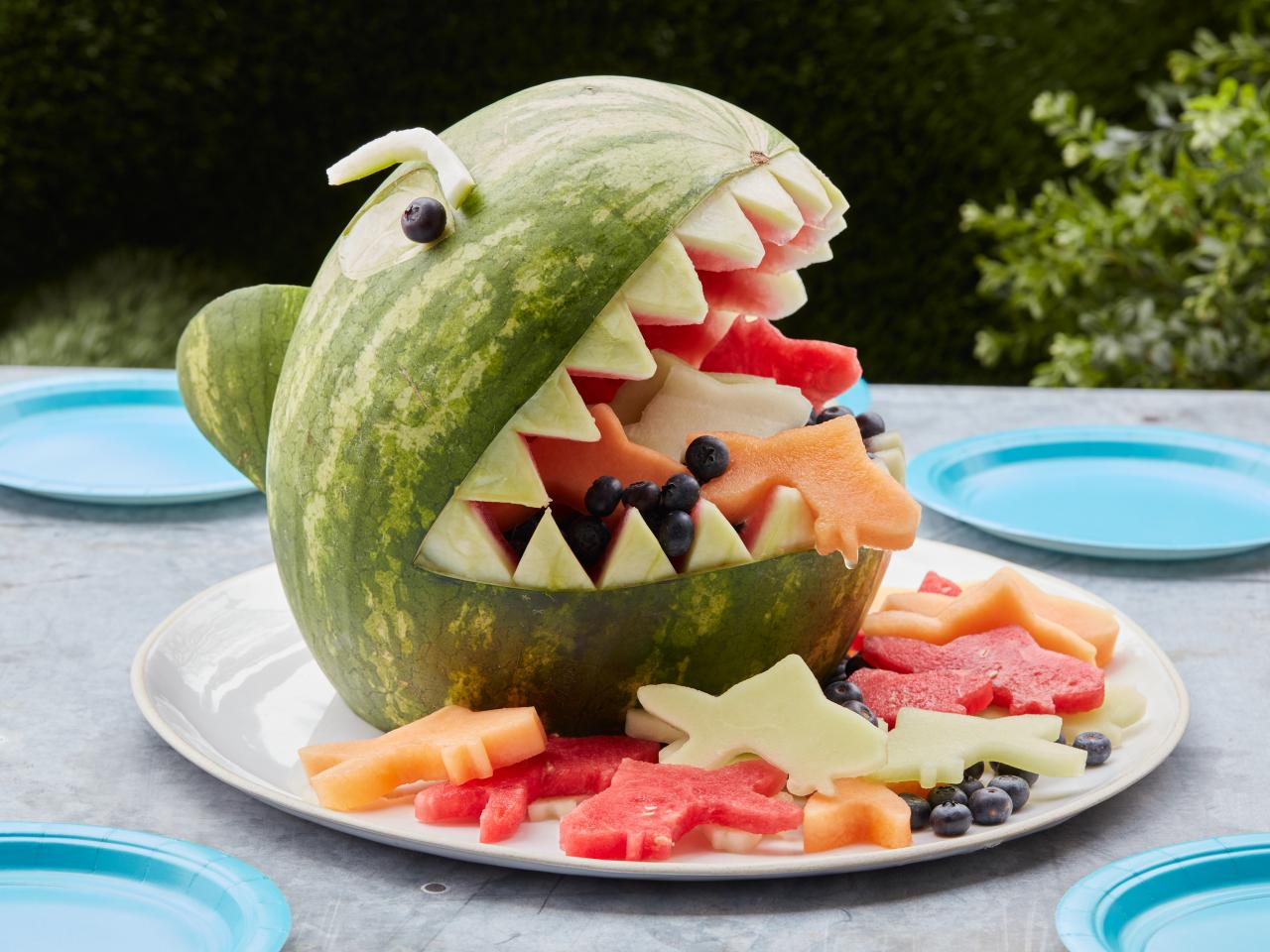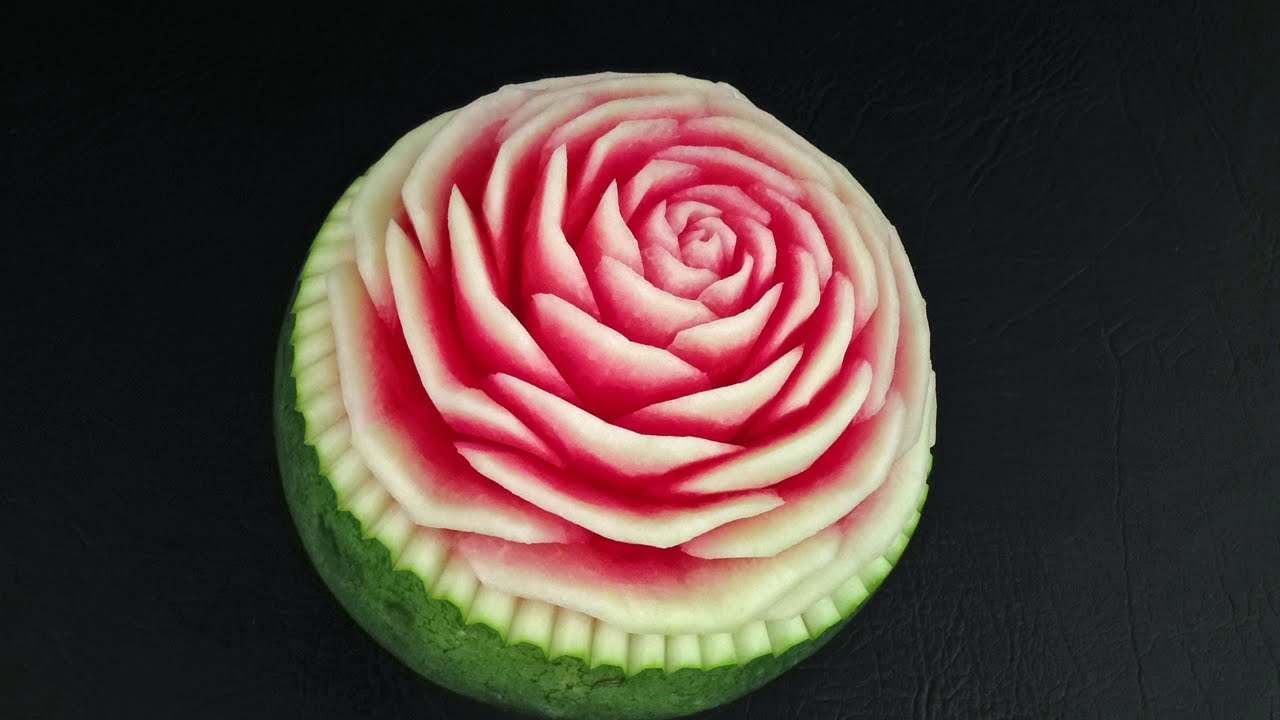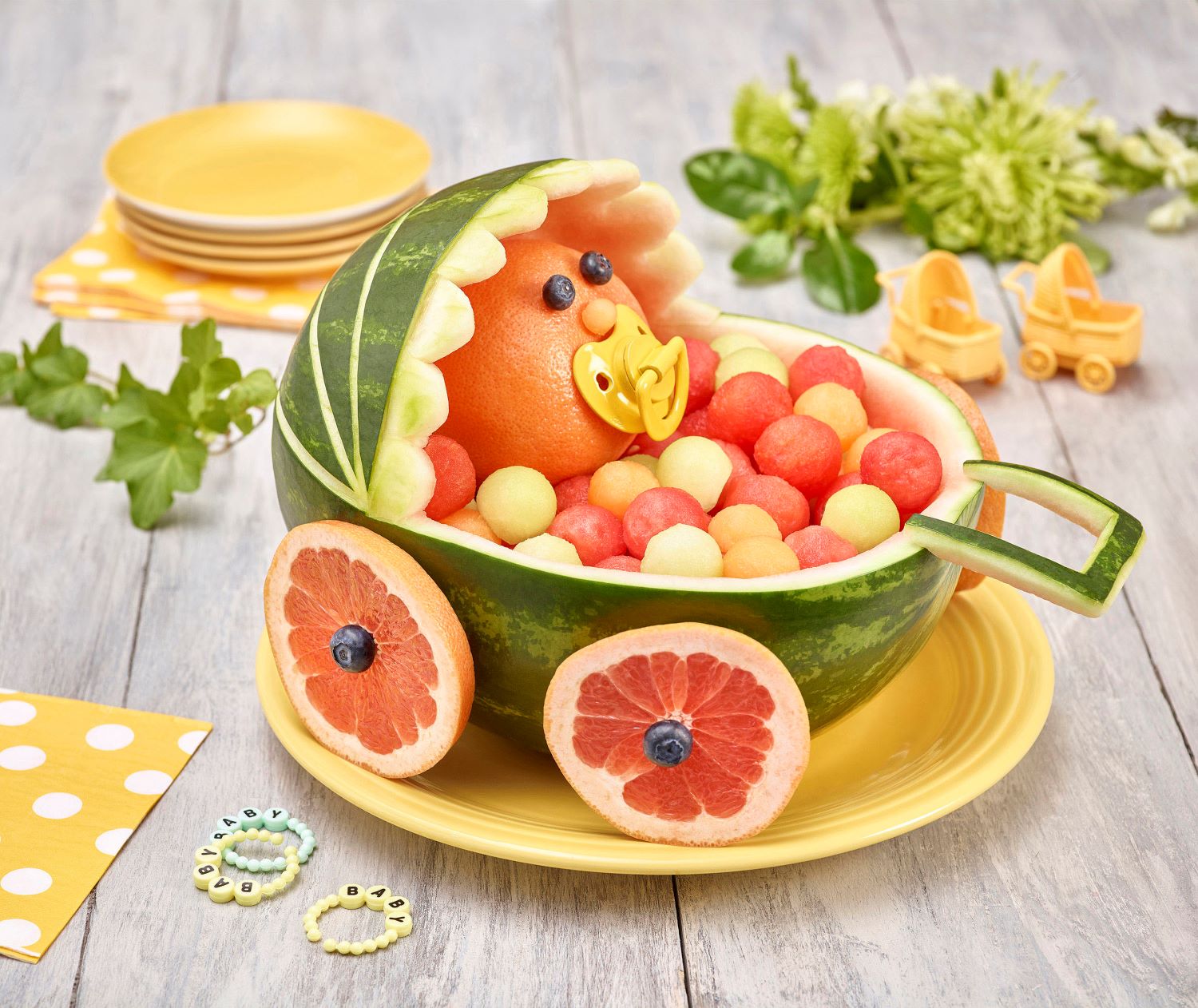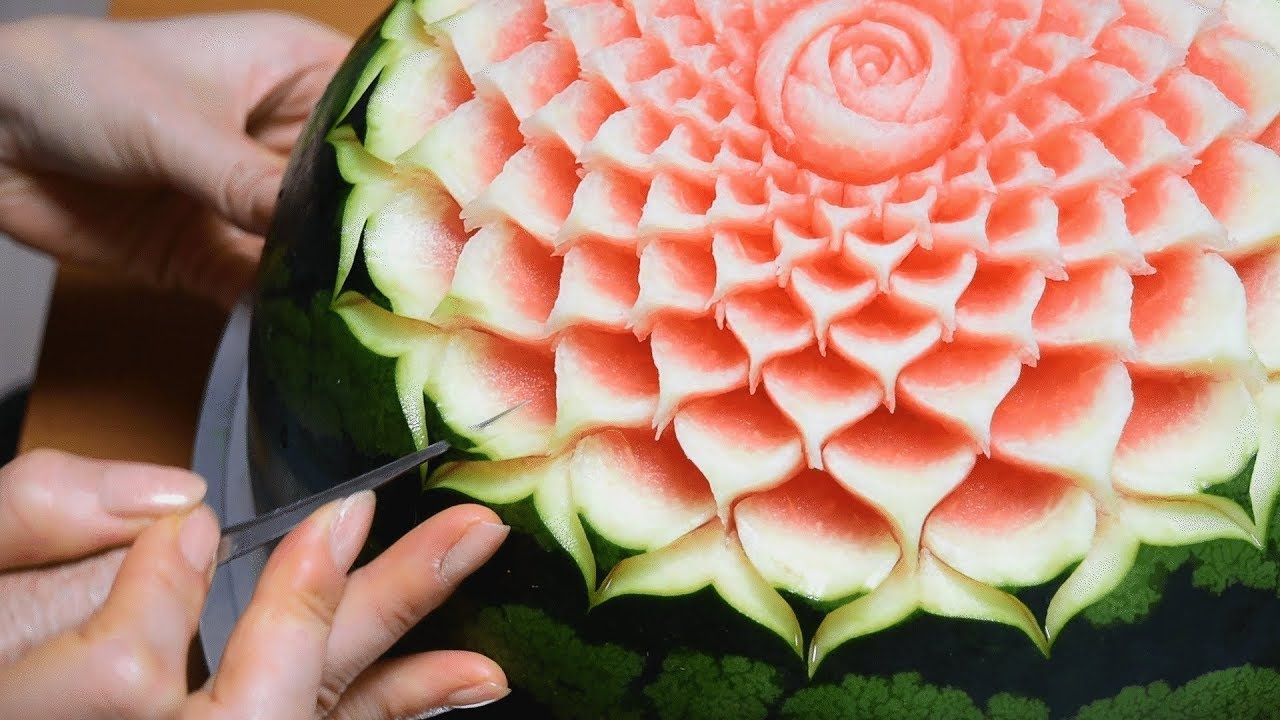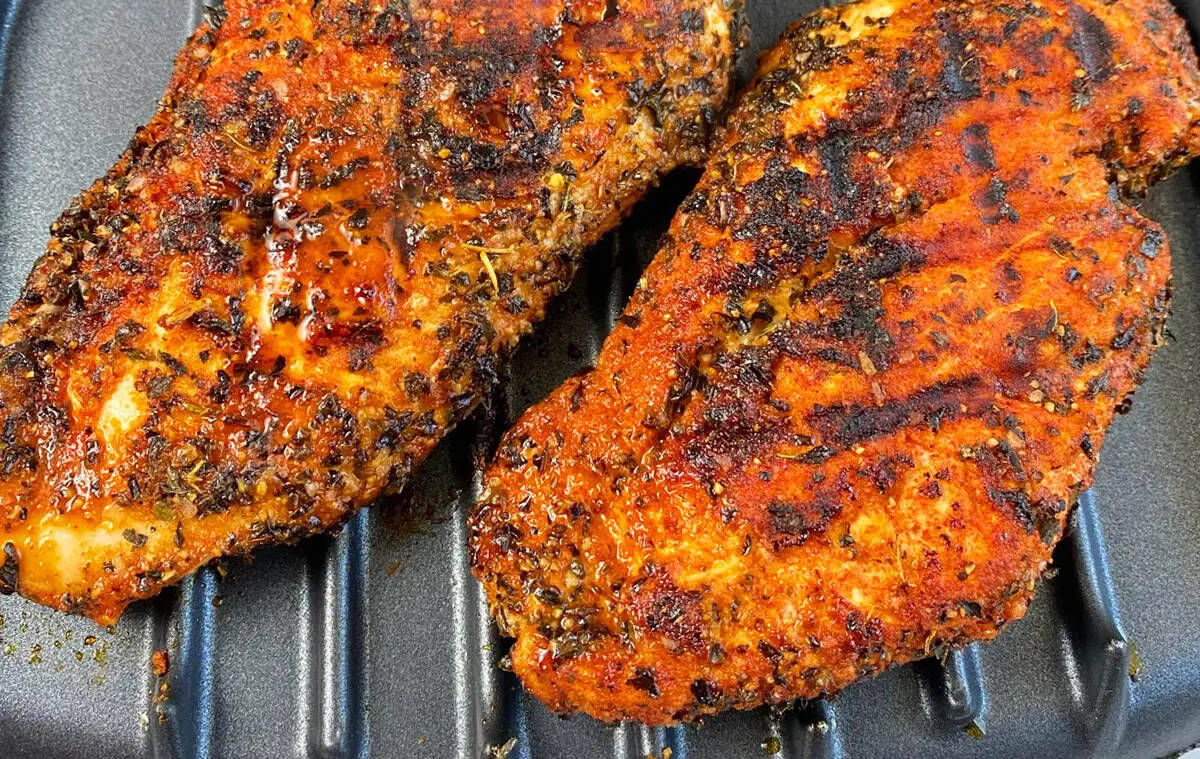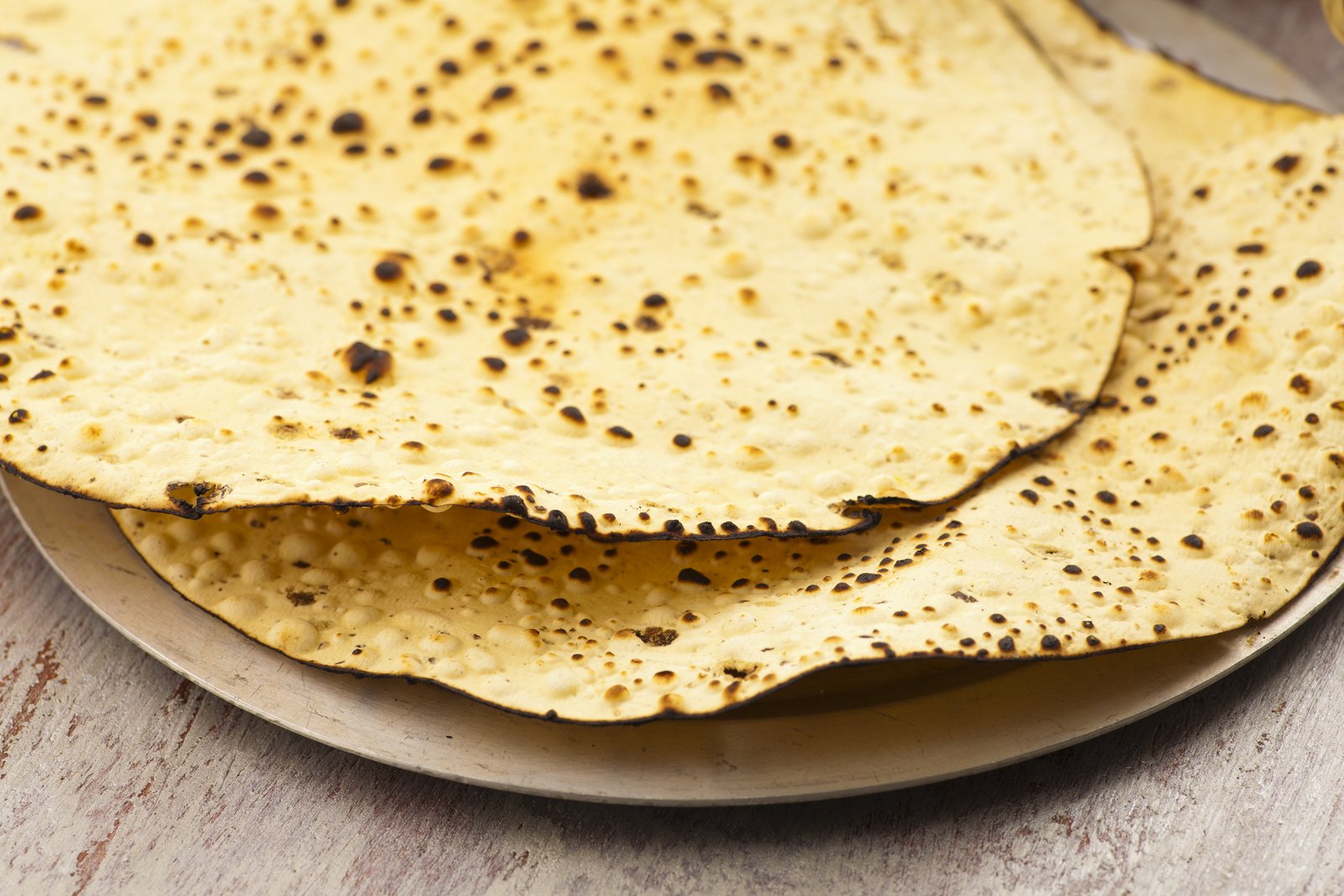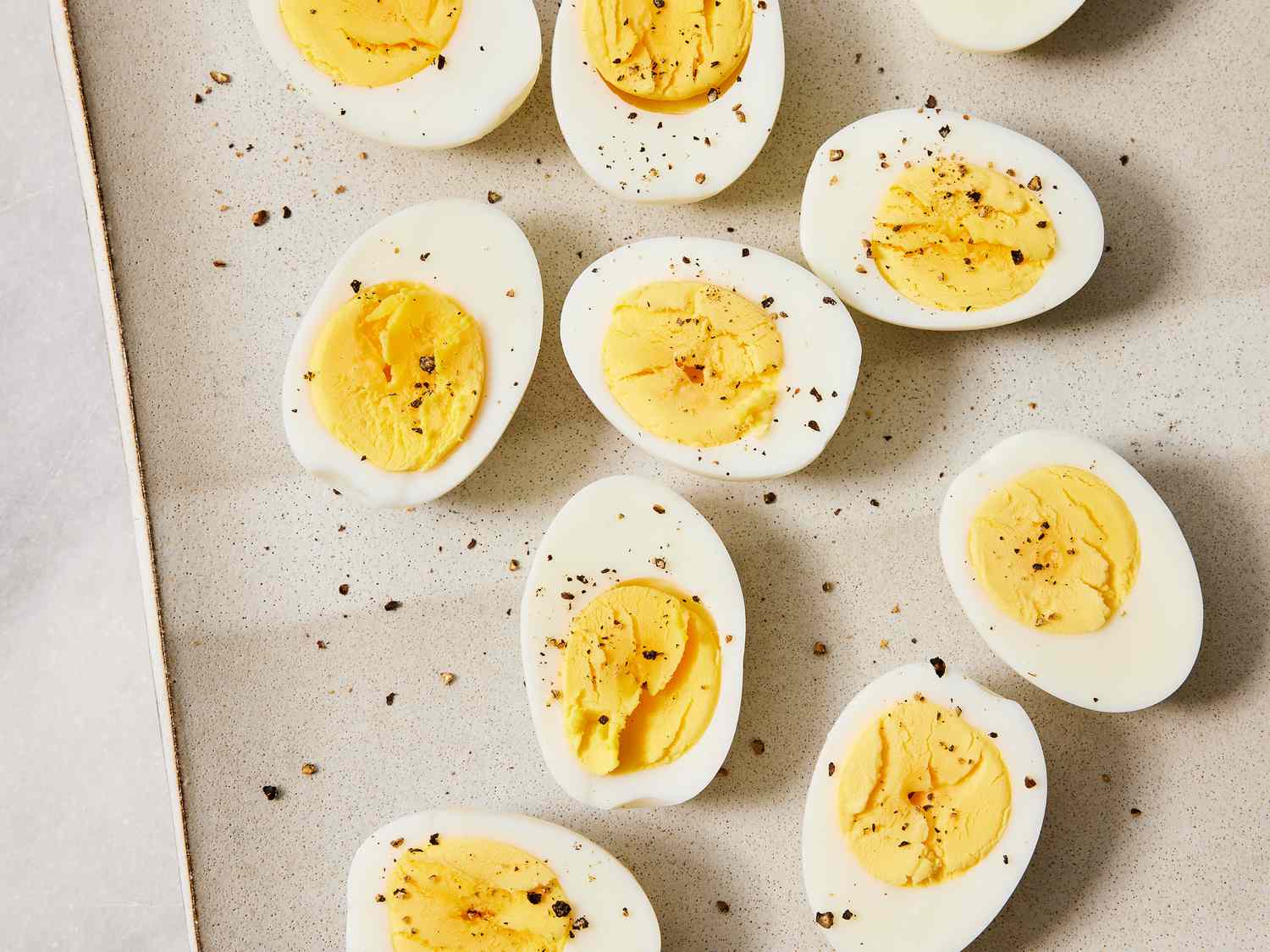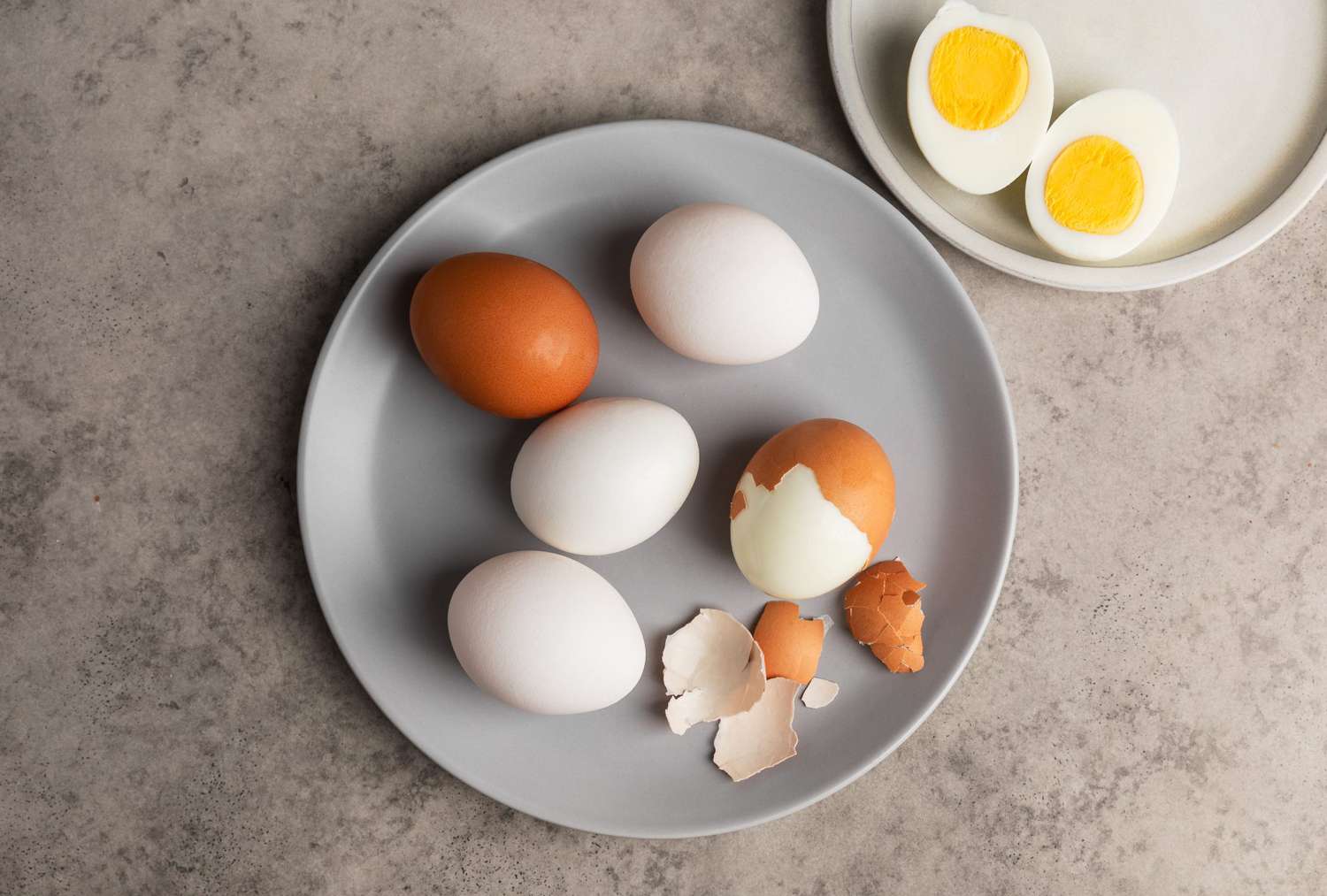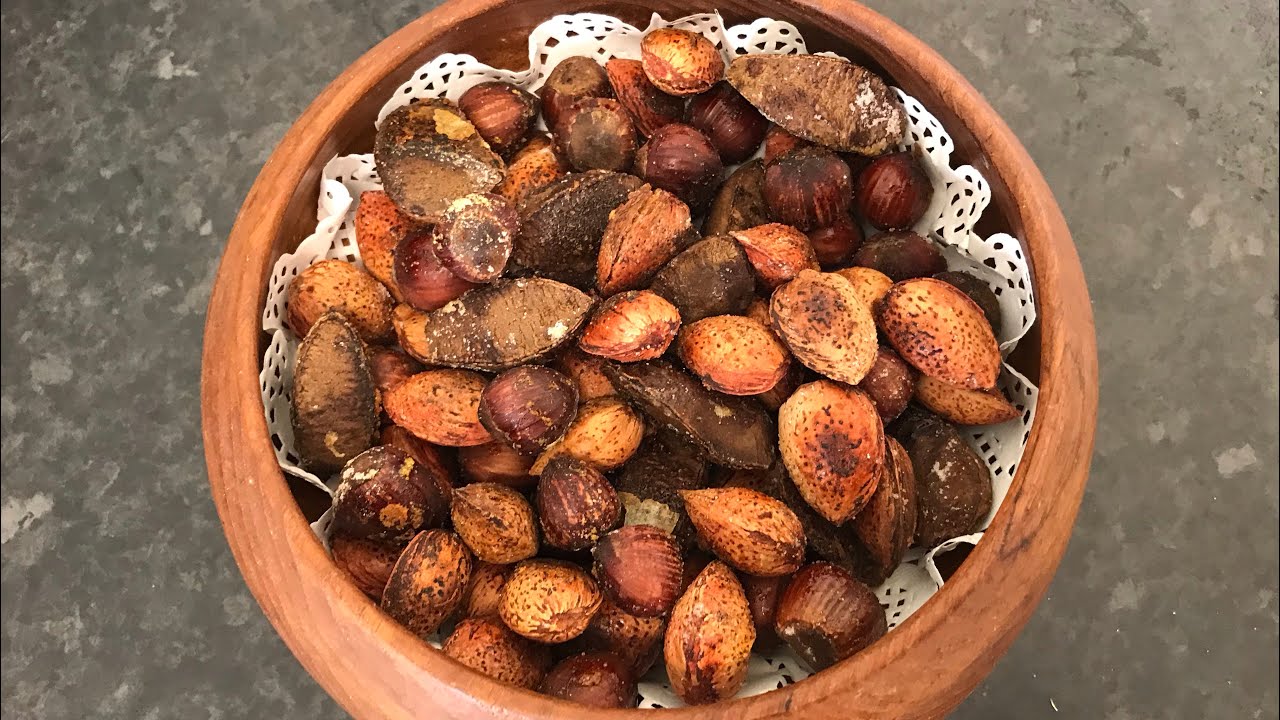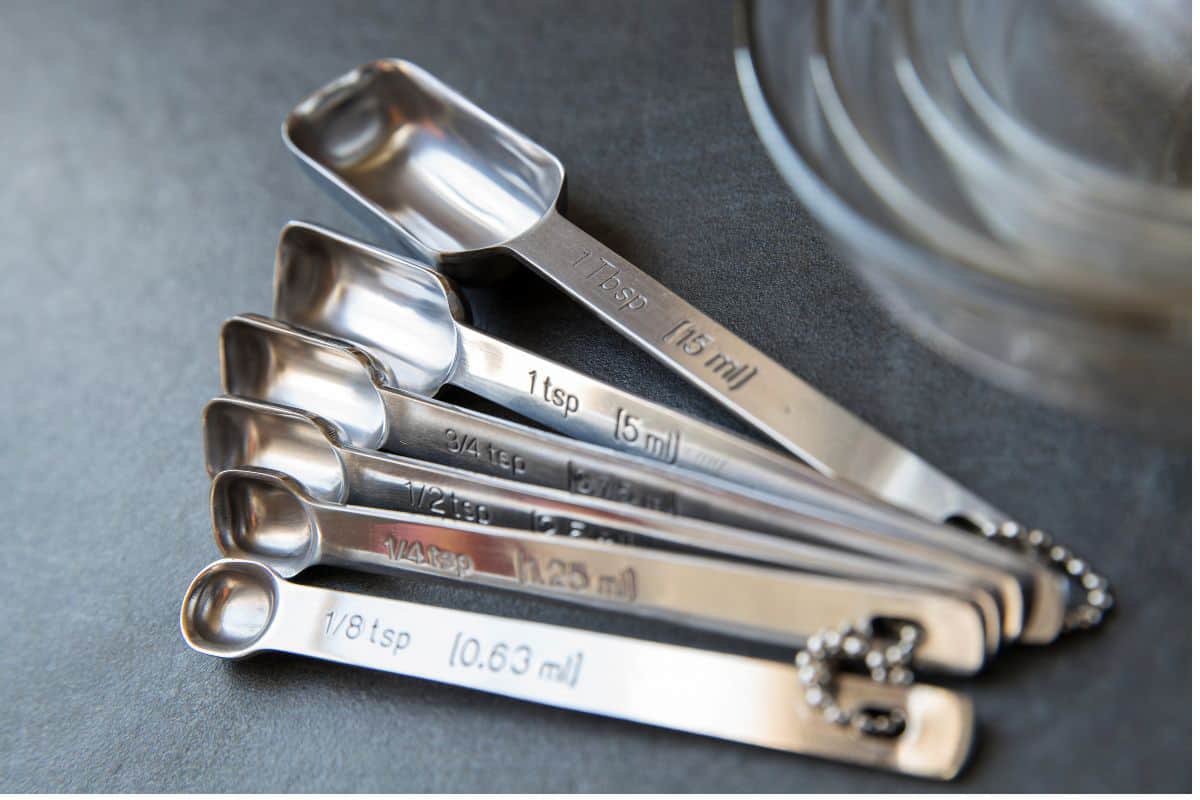Are you looking for a fun and creative way to impress your friends and family at your next gathering? Why not try carving a watermelon into an adorable elephant shape? This unique and eye-catching fruit sculpture will surely be the talk of the party. In this article, I will guide you through the step-by-step process of creating your very own watermelon elephant. Let's get started!
Gather Your Materials
Before you begin, make sure you have the following items on hand:
- A ripe, medium-sized watermelon
- A sharp knife
- A melon baller or small scoop
- Toothpicks
- Assorted fruits for decorating (optional)
Step 1: Prepare the Watermelon
Start by washing the watermelon thoroughly to remove any dirt or debris from the rind. Then, place the watermelon on a clean, flat surface.
Step 2: Create the Elephant’s Body
Using a sharp knife, carefully slice off a small portion of the watermelon’s rind on one side to create a stable base for the elephant. This will ensure that your watermelon elephant stands upright.
Step 3: Carve the Elephant’s Head
Next, use the knife to carve a small, rounded shape at the top of the watermelon to form the elephant’s head. Be sure to leave enough space for the elephant’s trunk and ears.
Step 4: Form the Elephant’s Trunk and Ears
Using the knife, carefully carve out a long, curved trunk on one side of the watermelon. Then, carve out two large, fan-shaped ears on either side of the head. You can use the excess watermelon rind to create the ears by cutting them into the desired shape and attaching them to the head using toothpicks.
Step 5: Add the Finishing Touches
Once the basic shape of the elephant is carved, use a melon baller or small scoop to create round, hollowed-out areas for the elephant’s eyes. You can also use toothpicks to attach small pieces of assorted fruits, such as berries or grapes, to the elephant’s body to add color and detail.
Step 6: Display and Enjoy!
Once you have completed the carving process, place your watermelon elephant on a decorative platter and watch as your guests marvel at your creativity. This unique and whimsical fruit sculpture is not only a delightful centerpiece but also a delicious and healthy treat for everyone to enjoy.
Now that you know how to carve a watermelon elephant, you can impress your friends and family with this fun and imaginative creation at your next gathering. Get creative and have fun with the process, and don't be afraid to add your own personal touches to make your watermelon elephant truly unique. Happy carving!
